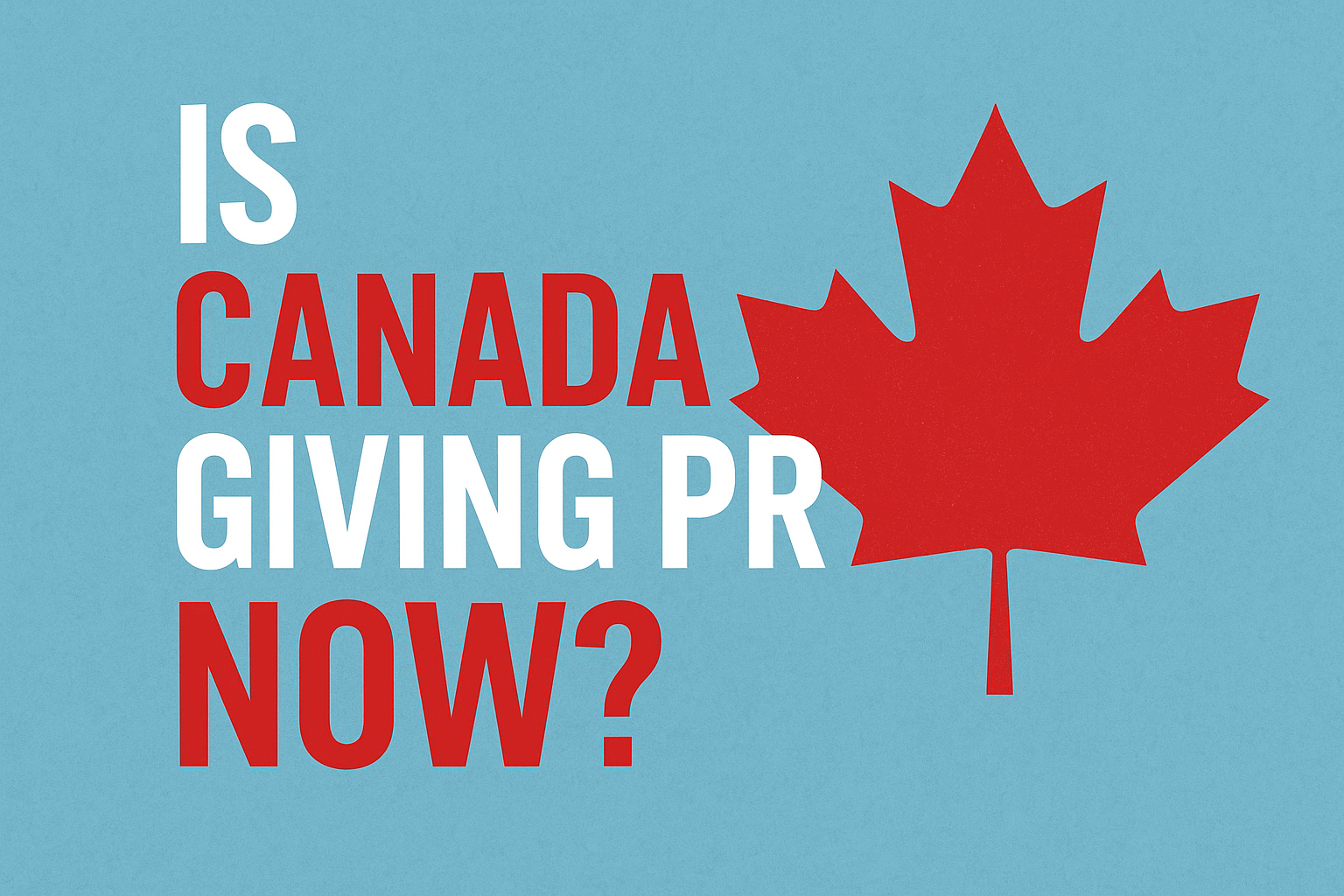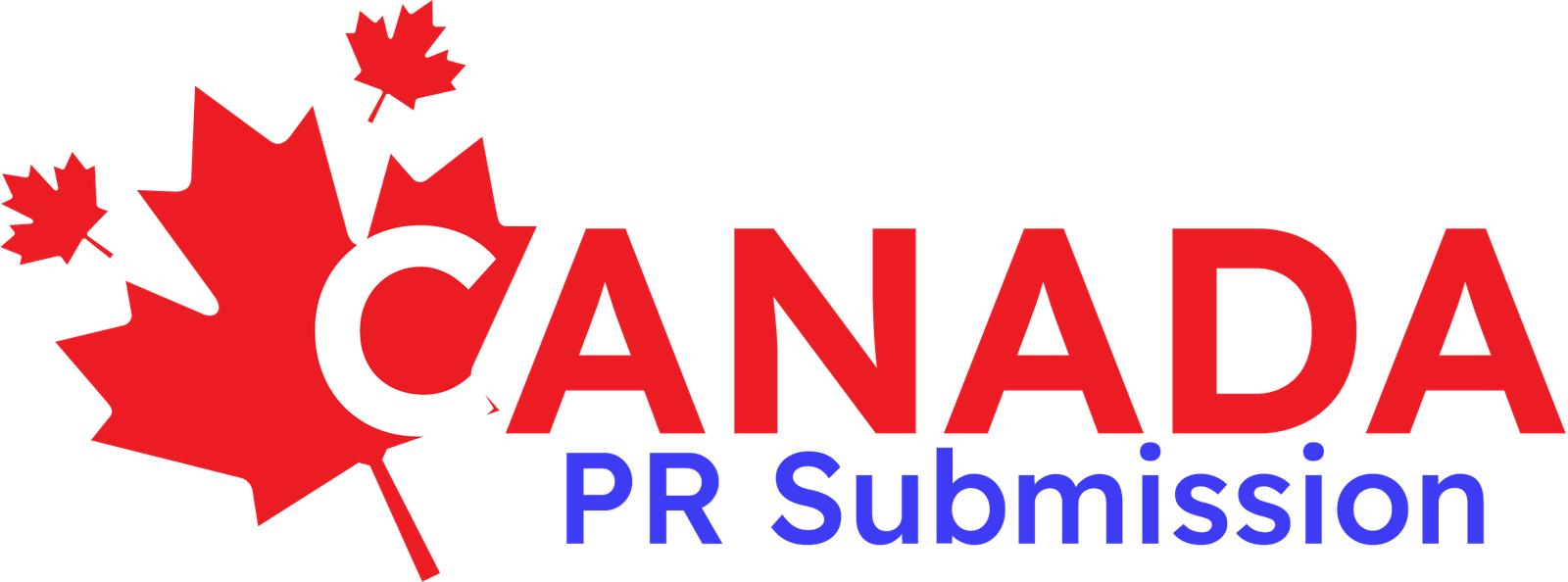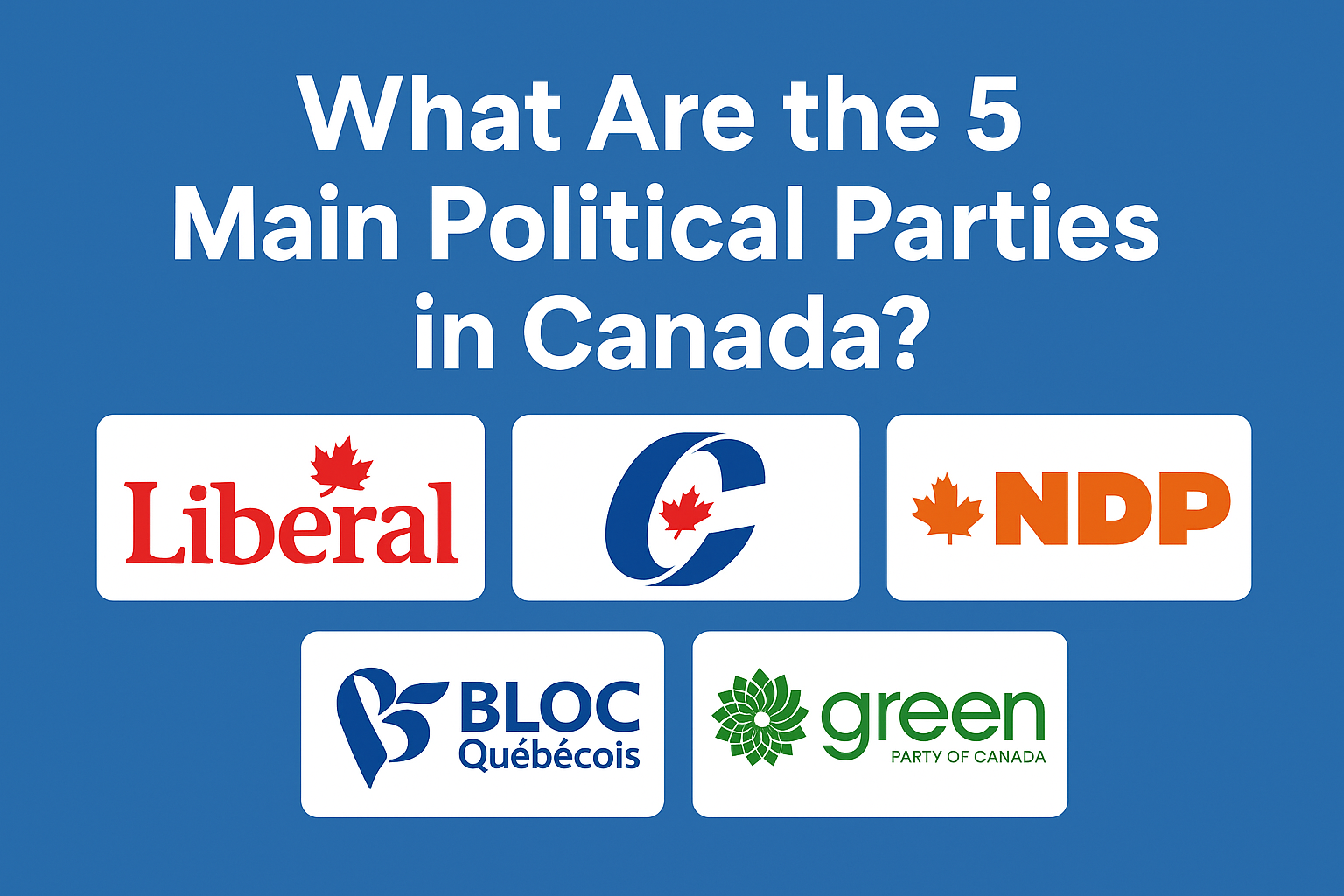Is Canada Giving PR Now?

Yes! Canada is still giving Permanent Residency (PR).
Every year, the Canadian government lets in thousands of new immigrants through Express Entry, Provincial Nominee Programs (PNP), and family sponsorships. Canada is still dedicated to bringing in skilled workers, students, and families who help its economy and multicultural society, even though things are changing around the world and competition is getting tougher.
The answer to the question “Is Canada giving PR now?” is a resounding YES! But you need to know what the rules are for getting PR in Canada, as well as what the current policies are and what opportunities are available.
What is Canada PR?
With Permanent Residency (PR) in Canada, people from other countries can live, work, and study anywhere in the country for as long as they want. This is the first big step you need to take before you can apply for Canadian citizenship.
People with PR cards get a lot of benefits, including access to social services.
- The rights and job opportunities are the same in all provinces.
- The ability to pay for family members.
- A clear path to Canadian citizenship after meeting residency requirements.
Will Canada still accept PR applications?
Yes, Canada is still accepting PR applications through several federal and provincial programs. The Immigration Levels Plan (2025–2027) from the Canadian government wants to bring in more than 485,000 new permanent residents each year to fill skill gaps and help the economy grow.
- This year, the goal is to bring in skilled workers in the following fields: healthcare, technology, construction, and trades.
- Graduates from Canadian schools who are from other countries.
- Targeted Express Entry draws for experienced professionals.
- Canada’s immigration goals are still strong, and the country is still open to qualified immigrants from all over the world, even though the competition is getting tougher.
The Main Ways to Get Canada PR
1. The Express Entry System
The Express Entry is still the fastest and most popular way for skilled workers to get PR. It handles applications for three main programs:
FSWP stands for the Federal Skilled Worker Program. FSTP stands for the Federal Skilled Trades Program.
2. Programs for Provincial Nominees (PNPs)
Every province in Canada has its own immigration program that is based on the needs of its job market. Ontario, Alberta, British Columbia, and Saskatchewan are just a few of the provinces that have been actively inviting candidates through streams that are in line with Express Entry.
PNPs can add 600 points to your CRS score, which almost guarantees that you will get an Invitation to Apply (ITA) for PR.
Provinces will be looking for tech workers, nurses, engineers, and skilled tradespeople to fill gaps in their workforces.
3. Sponsorship by Family
If you have a family member who is a Canadian citizen or a permanent resident, they can help you get permanent residency. This program has:
- Sponsorship for spouses and common-law partners
- Sponsorship for parents and grandparents
- Sponsoring children who depend on you
Bringing families back together is still one of Canada’s most essential immigration goals.
4. The Atlantic Immigration Program (AIP)
This program is perfect for people who want to live in Atlantic provinces like Nova Scotia, New Brunswick, Prince Edward Island, and Newfoundland and Labrador.
AIP’s primary goal is to fill job openings in certain areas. It also speeds up the process for skilled workers and international graduates who have job offers in these provinces.
5. Learn about the PR Pathway
Canada still prefers international students who finish their studies at Canadian schools. Students can apply for a Post-Graduation Work Permit (PGWP) after they complete their graduation. This will give them valuable experience in Canada and make them eligible for PR through the Canadian Experience Class (CEC).
International graduates who have worked in the fields of technology, health, and education will have a better chance of getting PR.
Changes in Canada PR policies and trends
1. Express Entry Draws Based on Categories
Canada has been holding category-based draws since late 2024. These draws focus on specific jobs instead of general CRS scores. This plan will still be in place, so candidates for jobs that are in high demand can still get ITAs even if their CRS scores are not very high.
2. Focus on French-speaking immigration
Canada wants to bring in more French-speaking immigrants, especially in provinces like Quebec, New Brunswick, and Manitoba. People who speak French are getting extra points and faster invitations.
3. More attention paid to immigration in specific areas
To keep the population from growing too quickly, smaller provinces are using PNPs and community-driven immigration streams like the Rural and Northern Immigration Pilot (RNIP) to bring in more people.
Is it hard to get a PR in Canada now?
Canada is still giving out PR, but more people are competing for it. Your chances are affected by several things, including your CRS score and how relevant your work experience is.
IELTS or TEF test for English or French language skills.
ECA evaluation of educational qualifications.
The need for your job in your province.
That being said, your PR application can still be successful if you prepare well, make sure your documents are correct, and get professional help.
How to Make It More Likely That You’ll Get Canada PR
- To raise your CRS score, retake the IELTS or add your spouse’s language points.
- Get a provincial nomination by applying strategically to provinces that match your job field.
- Get work experience in Canada by studying or getting a temporary work permit.
- Keep your documents up to date, such as letters of education, experience, police clearances, and proof of funds.
- Get professional help with your immigration application to avoid mistakes and delays.
Getting a Canada PR has its benefits.
- As a Canadian PR holder, you can:
- You can live and work anywhere in Canada.
- Your family can get free health care and a good education.
- Benefits for society and security in retirement.
- Three years of living in Canada will lead to citizenship.
- You can travel to many countries without a visa.
In conclusion: Yes, Canada is still giving PR.
In short, Canada is definitely giving PR now. The country still welcomes skilled workers, students, and families from all over the world. But to stand out in the Express Entry pool, you need to plan, keep your documents up to date, and have a competitive profile.
Still a good year to start your Canada PR journey, whether you’re a skilled worker, a student, or a family member.
Don’t wait for the next draw if you really want to move to another country. Begin your Canada PR process right away! Check to see if you qualify, improve your CRS score, and get your papers ready early to guarantee your place in the next Express Entry rounds.




